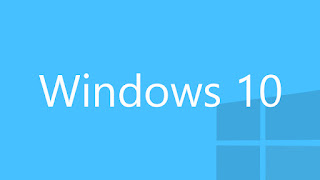 |
| Windows Update Changes |
Windows 10 release will feature a brand new update scheme
that will be phenomenally different from the updating schemes that previous
versions had enjoyed. It seems Microsoft has finally acknowledged the need for
making regular incremental improvements in the operating system. Moreover, this
also highlights the need for different update systems between consumers and
enterprise users.
With the new operating system, both enterprise and regular
version operating system users will have different update policies. Which
means, this time, the operating system will get a steady stream of both feature
and security updates, bringing it on par with other similar operating systems.
The security fixes will continue to function the same way; once a month and
installed automatically. However, the feature updates will be entirely
different and will have three different release speeds. The users will get the consumer
release that will be publically distributed as soon as they are released.
Hence, this way, continuous improvement to the Windows
Desktop OS can be accepted, which is how the Chrome OS and Android functions.
For other systems where security is of paramount importance, nothing except for
the security updates will be channeled. Using this policy, Windows 10 OS
handles mission critical systems and environments where security certificates
need to be validated at all times. Apart
from that, there is another update option where business users can keep up with
the new features, but the control over which update and when, will depend upon
the user himself.
 |
| Windows 10 Features |
Windows 10 OS will be by far, the most intelligent operating
system, well capable of mixed deployment at variable speeds. This entails
running a few machines at a consumer pace, acting like canaries for the rest of
the organization. This would allow intermediate option for some machines and
security fixes alone for the rest. Each update will change the Windows version
number, providing a name and an update route for those who are using the most
conservative update policy. This means, you will be seeing the end of “Service
Packs” and alike after the introduction of Windows 10. The updates will be
hot-fixes, which means the update will continue in parallel and the full
operating system installer will be responsible for the entire install and update
scenarios.
Users are already waiting for the Windows
10 release, which is all set to happen sometime in the spring next year. The
operating system will integrate a unified market for all platforms and bring in
a string of interesting features.
No comments:
Post a Comment